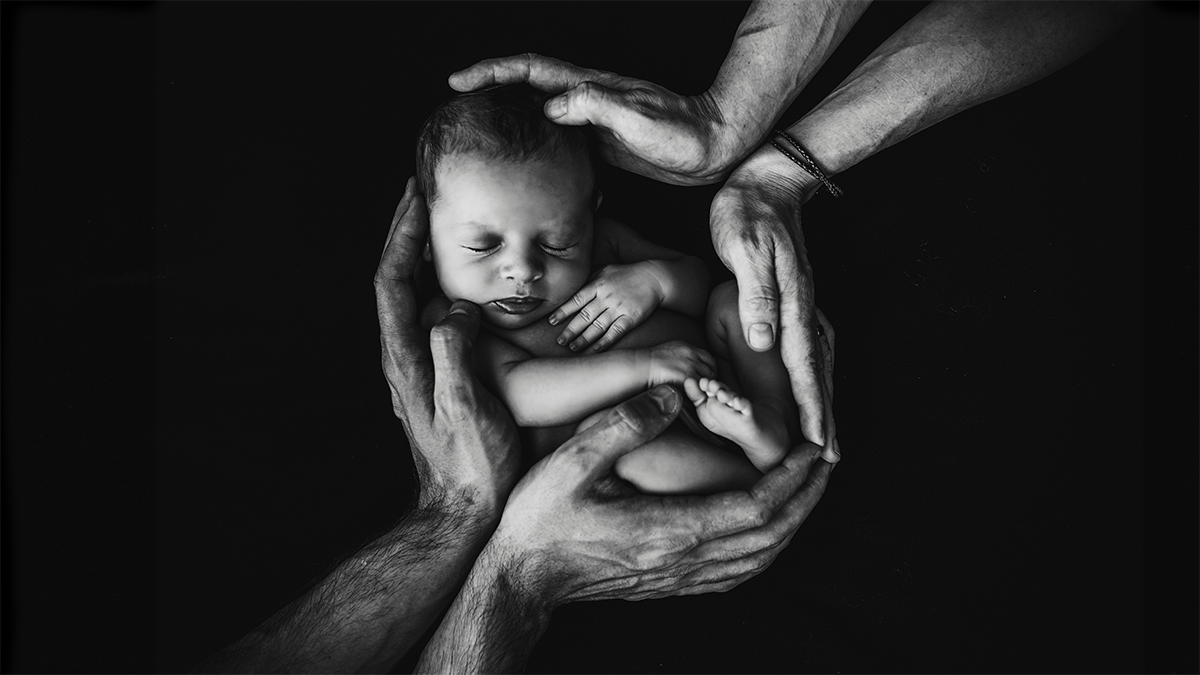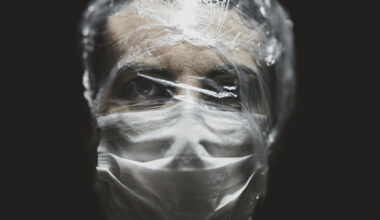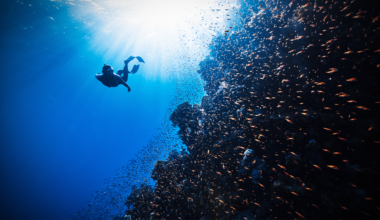The planet is facing a chemical pollution crisis that has far-reaching consequences for the environment — and for human health. People are constantly exposed to harmful chemicals through, for example, air, food, water and consumer products.
A research group from Stockholm University in Sweden has now mapped how the effects of exposure to chemicals in the environment are passed from fathers to children and then on to grandchildren.
This has not been known before. A lot more focus has been placed on the mother’s role in transmitting toxic chemicals to their babies.
“The risks of the father’s exposure have been very neglected”
Oskar Karlsson, leading the research at Stockholm University
There have, for example, been several reports in recent years of various toxic chemicals passed on from mother to child via breast milk. One study among American women found PFAS levels nearly 2,000 times what is considered safe in drinking water. Another found 25 types of toxic flame retardants — known to be potent neurotoxins, especially for developing children.
Other studies have explored the impact of chemicals during women’s pregnancies. But few have investigated the influence of men’s chemical exposure.
“The risks of the father’s exposure have been very neglected. The focus has always been more on how the mother’s exposure to toxic substances during pregnancy affects the foetus. A healthy lifestyle and living environment for future fathers, not just for mothers, are, in other words, more important than we have understood before,” says Oskar Karlsson who is heading the research at Stockholm University.
Don’t miss a thing!
Subscribe to our newsletter.
The effects are passed over in the sperm cell tissues before the child has even started to grow. During fertilisation, sex cells deliver not only the genetic material to form an embryo but also so-called epigenetic information that reflects both parents’ exposure to toxins backward in time.
“This illustrates well that the most hazardous substances cannot be “safely used”. There are too many ways these substances can interact with living organisms and effects may not be visible until the next generations to come. The only efficient way to reduce the risks is to phase out the most hazardous substances and move to safer alternatives”, comments Dr. Anna Lennquist, Senior Toxicologist at ChemSec.





